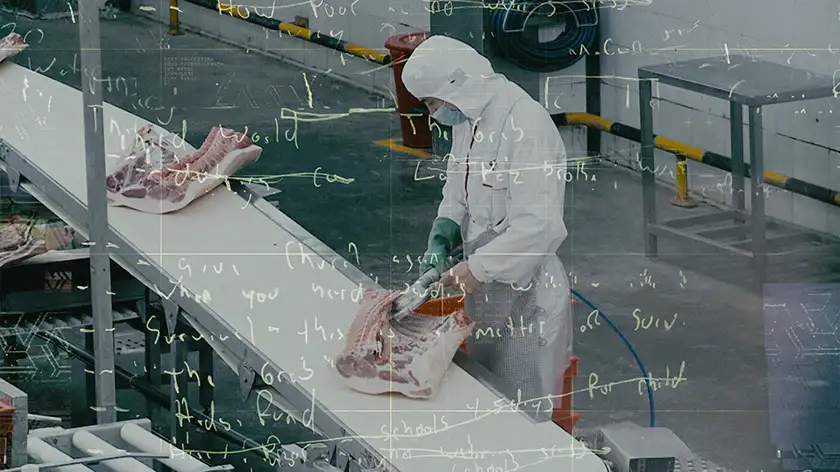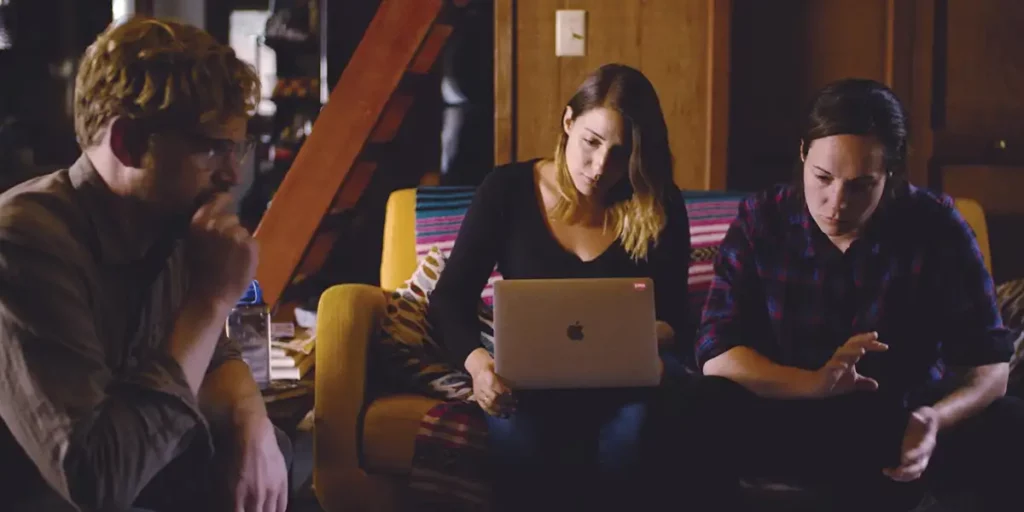The Grab is a powerful and timely documentary, but its narrative could have been structured better and told more effectively.
Director: Gabriela Cowperthwaite
Genre: Thriller
Run Time: 104′
US Release: June 14, 2024 in theaters and on demand
UK Release: TBA
What happens when water becomes the most sought-after resource on the planet? This is exactly the question that The Grab asks us to consider. The documentary sets out to uncover this question as well as analyse all the issues that may come with it. When water and food become as valued and important as food once was, the question of who is in control of these natural resources and what happens when there are not enough for everyone are bound to arise.
Directed and produced by Gabriela Cowperthwaite, The Grab follows investigative journalists working at the Center for Investigative Reporting in their mission to uncover the way foreign players attempt to control the most visual resources on the planet. In other words, the documentary shows us how multiple nations want to control the existing food and water supplies in response to climate change and the future scarcity of these resources. As they investigate this, the research takes them to various countries: natural resources are taken away from the local people in the United States but also in Africa as the team travels to Zambia as part of their journey.
The themes of the film are incredibly timely and important. The lack of water and food supplies is not only a reality for some countries already – and, therefore, imperative to consider in our current geopolitical situation – but it is also a topic that is often hidden, or only mentioned in passing. At the beginning, The Grab also does a good job of bringing this issue to light, especially considering its disproportionate impact on different countries. It also immerses the audience in its story very well in its first act with good pacing and well-established stakes. But, while its beginning may be clear, it seems like the documentary did not know its end or narrative progression after the first half.
Narratively, The Grab inevitably loses itself as it goes on. The more you watch it, the more it feels like the movie is trying too much: its intent is ambitious and admirable, but can it really work? Not entirely. A lot of it feels like watching two entirely different documentaries that happen to be on a similar topic cut together. One is the main narrative strand, which makes up the most interesting parts of the film, that of investigative journalism and the making of the documentary itself. We see the journalists travel to different countries to uncover this case, often at their own risk, and showcase how this has affected people’s everyday lives.

On the other hand, a second narrative is on the actual risks and threats posed by the future water shortage. While this is also relevant, the interviews with the experts seem to take away a significant portion of the screen time from the ordinary people who experience this crisis first-hand. This creates a confusing documentary without a clear and identifiable focus, which makes it harder for the audience to fully understand the issue they are presented with. The lack of clarity is not helped by the fact that The Grab remains elusive on the actual evidence the journalists have. Therefore, most of the narrative feels purely theoretical, which does not help the documentary’s stakes: after all, how can we care about something that has barely been shown to us?
The film is also not very interesting visually. It uses the classic documentary format of talking heads, voiceovers, and intertitles that is tried and tested, but also incredibly repetitive to watch. The B-roll footage that plays during some of the interviews also adds very little to the story and distracts us from what the interviewees are saying. I wish the movie would have opted for a more suitable solution, perhaps with infographics or something more related to the subject of the interviews as these play out in voiceover. In the end, The Grab decides to tell this story through a documentary format but fails to truly connect with and utilise the medium at its full potential.
Overall, The Grab shines a light on an important issue, but is that enough to make a good documentary? The subject may be compelling and even disturbing at times, but the way the story is told is not. As the film went on, I kept feeling like what I was watching was no different than a written expose on the water crisis, making me wonder why exactly the filmmakers chose the documentary format to tell this story.
The Grab will be released in US theaters and on demand on June 14, 2024.

